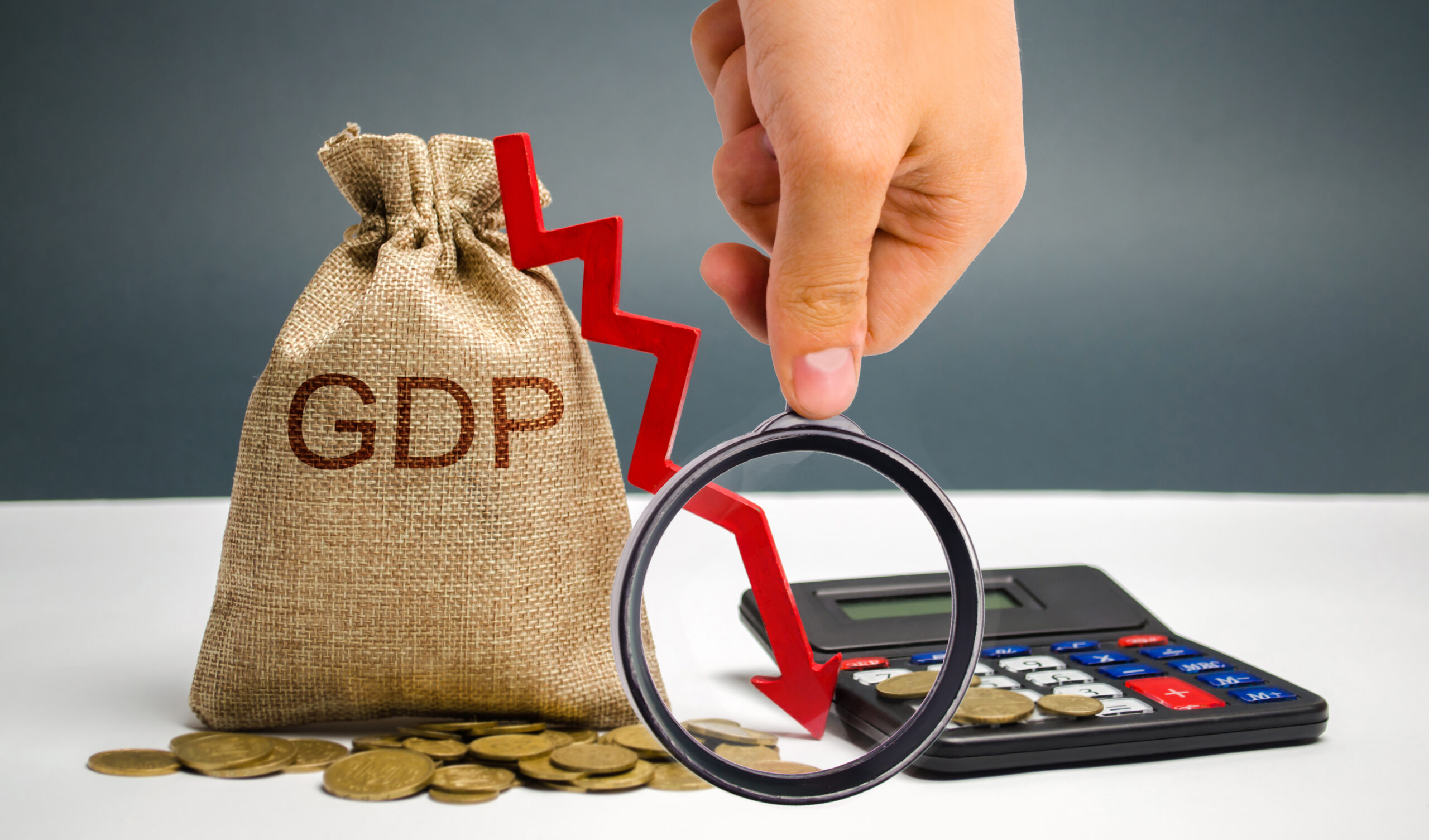Introduction: Thailand’s Growth Forecast at a Crossroads
Thailand’s economy is forecast to grow 2.5%–3.0% in 2025, according to recent estimates from the World Bank and the Bank of Thailand. This marks a modest recovery after a sluggish 2024, but also signals underlying vulnerabilities.
For SMEs and startup founders, understanding the key drivers and risks shaping this outlook is critical to navigating business strategy, investment decisions, and market positioning over the next 6–12 months.
This blog analyzes Thailand’s GDP trajectory, sector-specific insights, and actionable takeaways for small businesses.
What’s Driving Thailand’s 2025 GDP Forecast?
1. Tourism Recovery
Thailand expects over 36 million international visitors in 2025, primarily from China, ASEAN, and Europe. Key contributors include:
- Rising demand for health and wellness travel
- Extended stay and “silver” retirement tourism
- Events, conferences, and destination weddings
2. Government Stimulus and Public Investment
The ฿10,000 digital wallet program and a pipeline of infrastructure projects (high-speed rail, smart cities, and EV zones) are expected to boost consumption and job creation.
3. Export Rebound (Selective Sectors)
While global demand remains mixed, sectors such as electronics, food processing, rubber, and renewable energy components are poised for moderate growth.
4. Digital Economy Expansion
Strong growth in fintech, AI, e-commerce, and enterprise SaaS—especially among urban SMEs and service providers—continues to accelerate digital transformation.
Major Risks That Could Slow Growth
1. Global Trade Uncertainty
US-China trade friction, regional geopolitical tensions, and tariff disputes—such as the proposed 36% US tariffs on Thai goods—could undermine exports and FDI.
2. Household Debt and Credit Access
High household debt (over 90% of GDP) continues to weigh on consumer spending and SME borrowing capacity.
3. Slower-than-Expected Chinese Recovery
Thailand’s dependence on Chinese tourists and exports makes it vulnerable to sluggish recovery or policy shifts in China.
4. Policy Gaps and Political Instability
Delays in fiscal disbursement, regulatory unpredictability, or coalition gridlock could limit stimulus execution.
What Sectors Should SMEs Watch in H2 2025?
1. Health, Wellness & Senior Services
Driven by inbound medical tourism and aging population trends.
2. Digital Commerce & MarTech
Strong demand for localized e-commerce solutions, digital marketing tools, and AI-enabled customer service platforms.
3. Green Tech & Sustainability Services
SMEs supporting ESG compliance, waste management, and smart energy systems are gaining traction in government and corporate procurement.
4. Logistics & Cross-Border Trade Support
Logistics tech, warehousing, and customs consulting services will grow in parallel with regional trade diversification.
Strategic Takeaways for SMEs
1. Align with Government Spending Priorities
Focus on sectors receiving direct fiscal support—healthcare, transport, clean energy, and tourism.
2. Enhance Digital Resilience
Digitize sales, customer service, and internal ops to mitigate uncertainty and capture emerging market segments.
3. Revisit Credit and Working Capital Strategy
Anticipate tighter credit access and prepare by managing cash flow conservatively, leveraging grants or venture debt where available.
4. Track Global Policy Shifts Closely
Stay updated on U.S., EU, and ASEAN trade policies to adjust your pricing, sourcing, and export strategy.
GDP Forecast Summary Table
Indicator
2024 Estimate
2025 Forecast
GDP Growth (%)
1.9–2.3
2.5–3.0
Tourist Arrivals (millions)
28.0
36.0
Household Debt (% of GDP)
91%
89–90%
Inflation (%)
1.4
1.8–2.0
Conclusion: Growth Is Fragile, But Opportunities Are Real
Thailand’s 2025 GDP outlook reflects cautious optimism—grounded in tourism, government stimulus, and digital sector momentum. Yet persistent headwinds mean that business agility, fiscal discipline, and strategic market alignment will define who thrives.
SMEs should act now to identify high-growth sectors, improve operational efficiency, and position themselves to leverage the second half of 2025.








